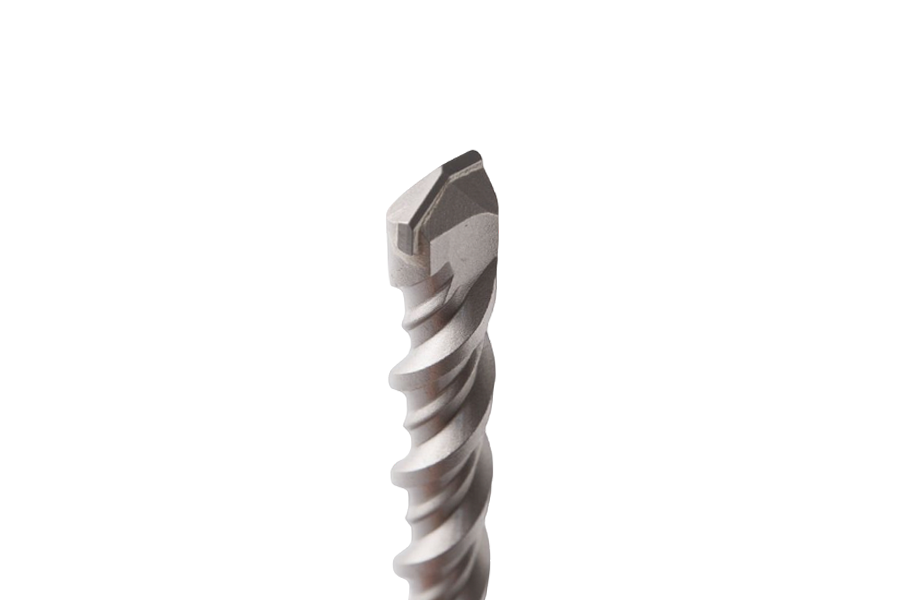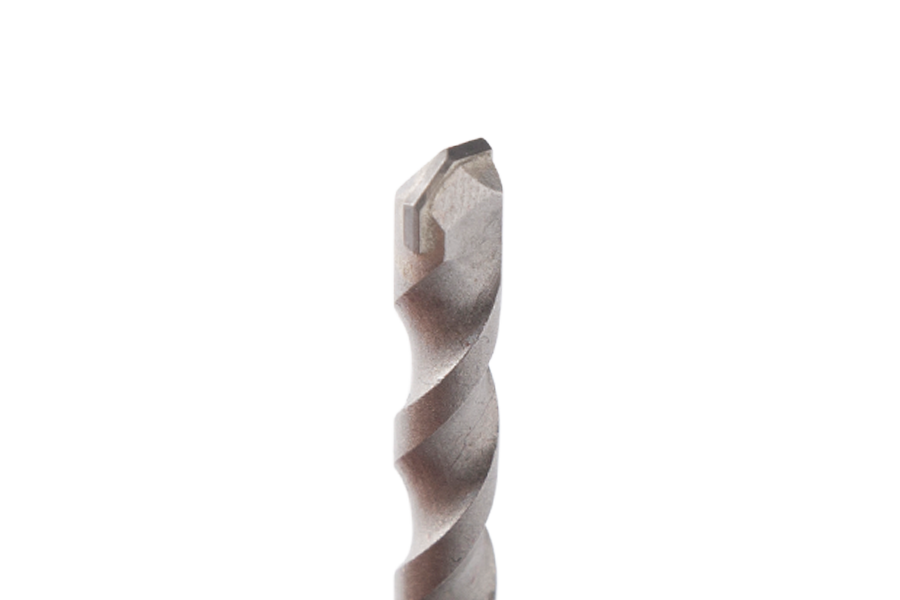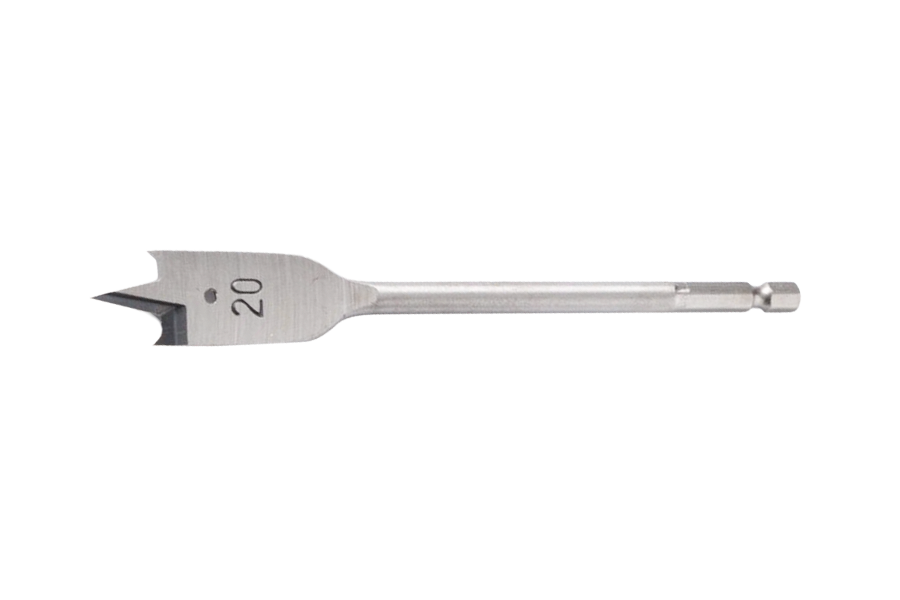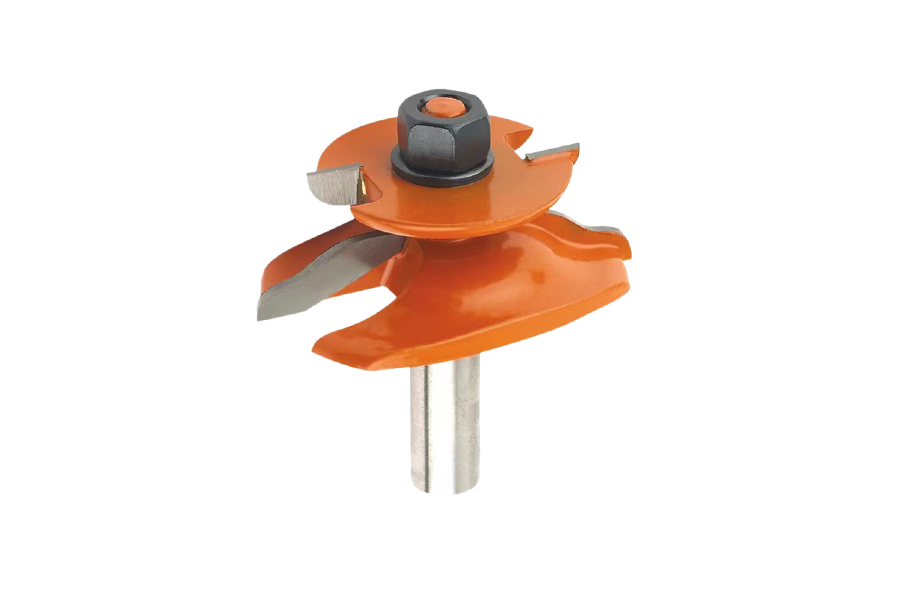Drill bits are indispensable tools in various industries, ranging from construction and manufacturing to mining and oil exploration. While their purpose remains the same — to create holes in materials — their evolution over centuries is a testament to human ingenuity and technological advancement.
Historically, drill bits were rudimentary tools crafted from stone, wood, or bone. These early iterations served basic purposes and were limited in their efficiency and durability. However, as civilizations progressed, so did the tools they used. The advent of metalworking revolutionized drill bit production, enabling the creation of more robust and versatile designs.
During the Industrial Revolution, advancements in metallurgy led to the mass production of steel drill bits. These bits were significantly more durable and capable of drilling through a wider range of materials, including wood, metal, and masonry. As industrialization spread, so did the demand for efficient drilling solutions, prompting further innovations in bit design and manufacturing techniques.
In the 20th century, the introduction of tungsten carbide revolutionized drill bit technology. Tungsten carbide is an incredibly hard and heat-resistant material, making it ideal for cutting through tough materials such as concrete, rock, and metal. Carbide-tipped drill bits became commonplace in construction, mining, and manufacturing applications, offering unmatched performance and longevity.
The latter half of the 20th century saw the emergence of specialized drill bits tailored to specific tasks and materials. For example, twist drill bits became ubiquitous in metalworking, while masonry bits featured carbide tips for drilling into concrete and brick. Meanwhile, the oil and gas industry developed complex drilling systems, including diamond drill bits capable of penetrating the toughest rock formations thousands of feet below the Earth's surface.
In recent decades, advancements in materials science and engineering have propelled drill bit technology to new heights. Composite materials, such as polycrystalline diamond compact (PDC), have revolutionized the oil and gas drilling industry, enabling faster and more efficient drilling in challenging environments. Additionally, innovations in design, such as the development of high-speed steel and cobalt coatings, have enhanced the performance and durability of drill bits across various applications.
Today, drill bits come in a dizzying array of shapes, sizes, and materials, each tailored to specific tasks and industries. From simple twist drills to complex PDC bits, these tools continue to play a vital role in shaping the world around us. As technology advances and new materials are discovered, the evolution of drill bits shows no signs of slowing down, ensuring that future generations will have access to even more efficient and capable drilling solutions.


 English
English
 中文简体
中文简体
 Español
Español
 عربى
عربى












